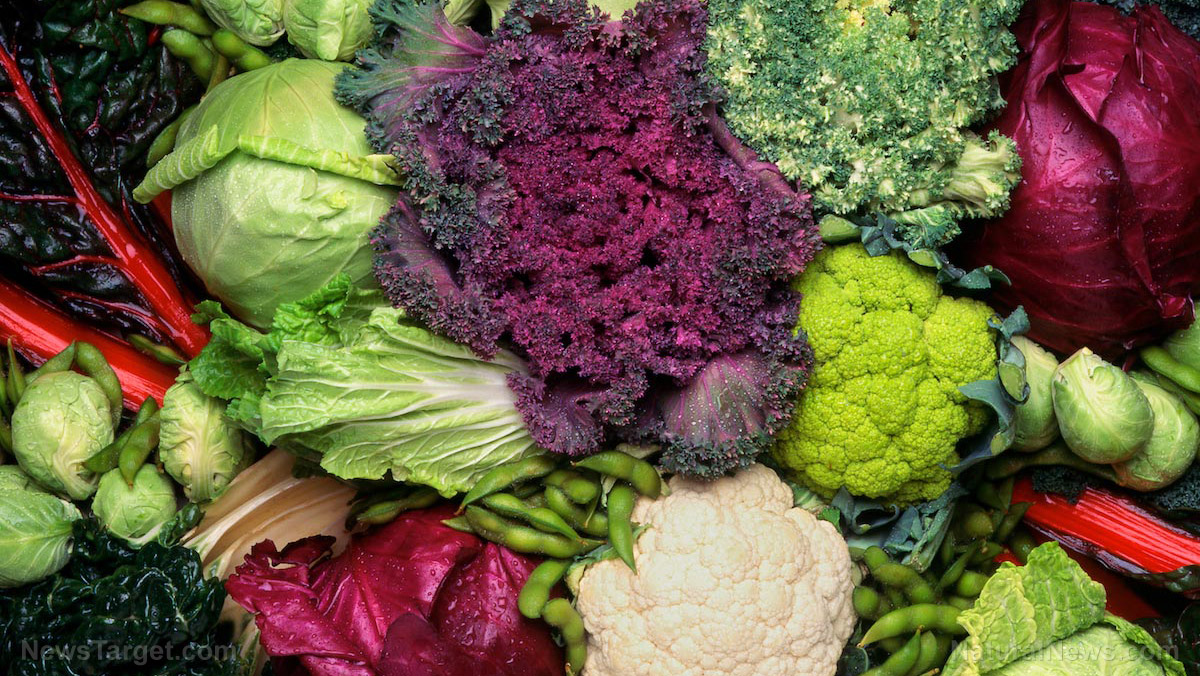Barley being studied as a potential cure for diabetes
11/22/2018 / By Ellaine Castillo

By 2035, it is estimated that over 592 million people worldwide will have diabetes. This is a major cause for concern, which is why it has become even more important to find potential treatments for the condition. One plant that has shown antidiabetic potential is barley (Hordeum vulgare). The finding, which was published in the Journal of Ayurveda and Holistic Medicine, was based on in vitro observations of barley’s ability to reduce blood sugar levels.
Diabetes is a metabolic disorder characterized by elevated blood sugar levels. It is caused by either insufficient insulin production or reduced sensitivity to insulin action. Although it isn’t curable, there are treatments, such as hypoglycemic substances, that manage diabetes by maintaining healthy blood sugar levels. Many hypoglycemic substances work by inhibiting the activity of alpha-amylase and alpha-glucosidase, which are enzymes that release glucose from dietary carbohydrates, such as starch. This effectively delays the absorption of dietary carbohydrates in the intestines and lowers blood sugar levels.
Many plants are utilized as natural diabetes treatments due to their hypoglycemic activity. This is especially helpful since crops with antidiabetic potential can easily be incorporated into a person’s diet. Barley is a cereal grain that is widely consumed worldwide because of its high nutritional content and its many health benefits, which potentially includes antidiabetic activity.
In this study, flour milled from barley was evaluated based on its ability to inhibit alpha-amylase and alpha-glucosidase activities in vitro. This was expressed as IC50, which is the concentration needed to inhibit 50 percent of enzymatic activity. In addition to this, the researchers determined whether churning would have an effect on enzyme inhibition activity using the following setups: 1) no churning, 2) churning for 20 minutes, 3) churning for 30 minutes. Results showed that barley effectively inhibits alpha-amylase and alpha-glucosidase activities. It was also observed that churning led to better inhibitory activity, possibly due to the destruction of starch. However, churning should only be done moderately, as shown by better inhibition activity of barley churned for 20 minutes compared to 30 minutes.
The results of the study show that barley can inhibit alpha-amylase and alpha-glucosidase activity, effectively lowering blood sugar levels. This means that barley can be used as a natural treatment for diabetes, making it easier to avoid synthetic diabetes drugs that have harmful side effects. (Related: Byetta diabetes drug linked to patient deaths; real diabetes cures ignored.)
Other benefits of barley
Aside from its antidiabetic potential, eating barley is associated with many other health benefits associated with eating barley, such as:
- Regulating blood pressure – Barley contains high levels of potassium, which is just as important as low sodium intake when it comes to maintaining blood pressure. This is especially important since less than two percent of Americans meet the recommended potassium intake. Aside from this, barley also contains magnesium and calcium, which also lower blood pressure.
- Strengthening bones – As previously mentioned, barley contains calcium that is needed for bone mineralization. Additionally, barley has manganese, iron, and zinc which are important for collagen production.
- Preventing cancer – A mineral found in barley called selenium helps the body get rid of cancer-causing agents. It also reduces tumor growth while reducing inflammation and stimulating killer T cell production. Aside from these, the high fiber content of barley also reduces the risk of colorectal cancer by inducing cancer cell death.
- Reducing inflammation – Aside from preventing cancer, selenium can also reduce inflammation. Choline found in barley also reduces chronic inflammation and improves fat absorption.
- Aiding in digestion – The fiber-rich barley prevents constipation and promotes healthy digestion. In addition to this, fiber also promotes a feeling of satiety that leads to lower calorie intake.
- Improved brain function — Choline, which has been linked to anti-inflammatory effects of barley, is a neurotransmitter that improves signal transmission through the nerves. This improves brain functions like sleep, muscle movement, learning, and memory.
Learn more about the antidiabetic potential of barley by visiting DiabetesCure.news today.
Sources include:
Tagged Under: antidiabetic, barley, blood sugar, cereal grains, diabetes, diabetes mellitus, diet, food as medicine, food cures, glucose, Hordeum vulgare, natural cures, natural medicine



















